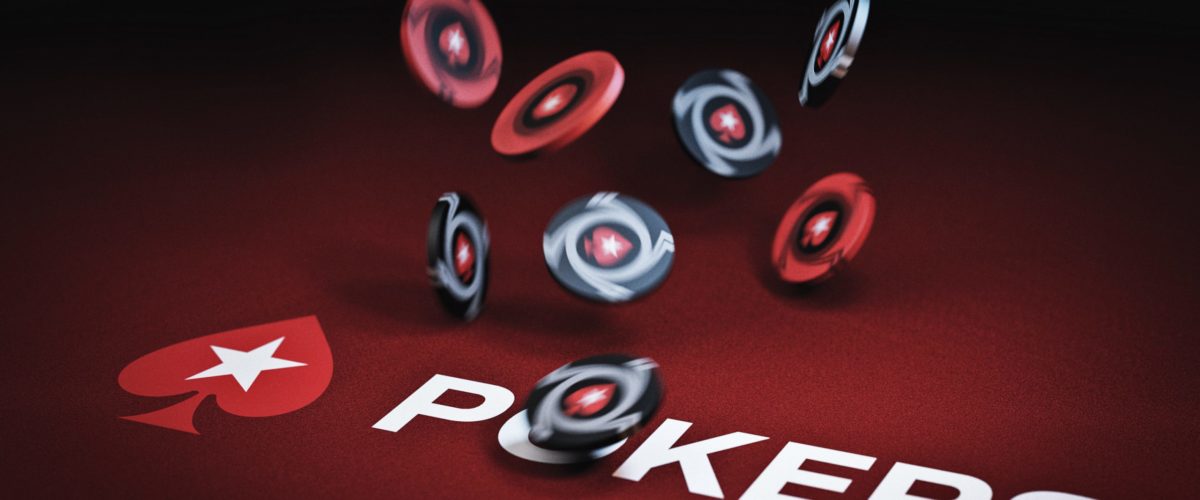Bluffing (Part 3)
This is the third of our four-part series on bluffing: a look into the history and mystery of the bluff, along with another tale that’s right up there with the great bluffs in poker’s storied history.
Not All Bluffs Are Created Equal
Not all bluffs are the same. Some work better in one situation that others, so let’s look at the various kinds of bluffs and distinguish between them.
Bluffing on the End with a Hopeless Hand
This is the classic bluff of movie lore. You’re up against an opponent, or possibly two of them. You have a hopeless hand. Perhaps it’s a straight draw that didn’t materialize. Maybe it’s a busted flush draw.
If the hands were to be shown down, you know you couldn’t possibly win. So you bet. “Nothing ventured,” you think to yourself, “nothing gained.” If you’re bluff is called, you’ll lose a bet you would have saved had you checked. But checking, of course, is tantamount to relinquishing your opportunity to win the pot.
If you bet, there’s always the chance that both your opponents will fold. If you’re not called, you’ll win the entire pot. Suppose that pot contains $100 and the cost to bet is $10. Your bluff doesn’t have to succeed all of the time – or even most of the time – for it to be a good decision.
If it fails nine times and succeeds only once, you will still be a winner in the long run. You’ll have lost an extra $10 nine times, or $90, but you will win $100 on one occasion, for a net win of $10.
Not a spectacular profit, perhaps, but enough to prove that bluffs only have to succeed every now and then to be worthwhile.
The Hidden Benefits of Getting Caught
Bluffing won’t succeed all the time. Observant opponents will notice when you are caught bluffing. Once others realize that you do not have a legitimate hand each time you bet, your good hands will attract more calls than they would if you left your opponents with the impression that you never bluffed at all.
That’s one of the benefits of bluffing. Not only will you be able to steal a pot every now and then, but a failed bluff or two will serve as potent advertising. As a result, a player who bluffs every now and then can expect to make more money on his good hands too.
Bluffing with More Cards to Come
Imagine that you’re playing hold’em and you raised before the flop with Kh Qh, and two other players call. Suppose the flop is Jc 6h 4h. If you come out betting on the flop, you have any number of ways to win this pot. Your opponents could fold, and you’d win right there. But even if one or both call, you certainly shouldn’t mind. After all, any of the nine hearts in the deck will complete your flush. Moreover, any of the three kings or three queens will give you a pair that is probably superior to whatever your opponents are holding. In addition, there are three tens in the deck (exclusive of the 10h, which completes your flush) that will give you a straight draw.
A lot of good cards are in that deck, and you are rife with potential. When you couple the chances of making the best hand on the turn or the river with the possibility that your adversaries will fold if you bet, you are probably an odds-on favorite to win the pot one way or another.

Semibluffing
When you bluff with more cards to come, you usually have two ways to win. The bluff might succeed on its own merits, causing an opponent to lay down the best hand. In addition, you might catch the card you need on a succeeding round and actually make the winning hand. Poker players call this semibluffing, a term coined by noted poker theorist, player, and author, David Sklansky.
Simply stated, a semibluff is a bet made on a hand that is probably not the best hand at the time of the bet, but has the possibility of improving to that status. If the bet causes everyone else to fold, it succeeds as a bluff; if it does not, the hand might still improve on future rounds. The chances that the bluff will succeed on its own merits coupled with the chances of the hand improving are what make the semibluff such a strong tactical weapon.
Bluffing with more cards to come is a better idea when you have a couple of ways to win. When you bluff with a hopeless hand and there are more cards to come, you’ll usually cost yourself money in the long run. Since bluffing only works when used judiciously, you’re better off restricting your bluffs to opportunities where you have a couple of ways to win: your bet causes your opponent to release his hand, or he calls and you still have an opportunity to win by catching the card you need to make the best hand.
Reverse Bluffs
Checking a very strong hand in order to lure your opponents into a trap is the flip side of betting a hopeless hand. A reverse bluff, when it works, will cause your opponent to do the betting for you. In fact, he will generally be wed to his hand until you snap him off with a well-timed checkraise.
No one did this better than Johnny Chan; and no one did it under more daunting circumstances. Read on, and see how Johnny Chan reverse-bluffed Erik Seidel at the World Series of Poker. It was a big, gutsy bluff. But the rewards were big too: a second consecutive world championship.
Famous Bluffs: Johnny Chan versus Erik Seidel
In this “reverse” bluff, Johnny Chan bluffed Erik Seidel into thinking he held the best hand, lured him into betting, and won a $1,600,000 pot during the final stages of the 1988 World Series of Poker.
Chan had won the World Series the previous year and had been on a roll ever since. Here he was 12 months later, with a chance to win back-to-back titles. But he’d need some magic to accomplish it. Seidel, a former commodities broker from New York City left Wall Street for the life of a professional poker player, and now he had a big chip lead on the defending champ.
At this point in the tournament, the blinds were $10,000 and $20,000. Chan called Seidel’s big blind, making the pot $40,000. The flop was Qs 10d 8d. Seidel bet $50,000. Chan called. The turn card was a complete blank, and both men checked. The fifth and final card was another blank. Chan checked.
Seidel held a queen in his hand, giving him top pair, albeit with a weak kicker. He thought for a moment that Chan might have a queen with a better kicker. But by checking on the turn and on the river Chan passed up his final chance to bet! Seidel then pushed all of his chips into the center of the table, certainly a sizable enough bet to cause Chan to release any slightly better hand in the event that Seidel had misread him. Seidel thought his all-in bet would prevent Chan from calling with hands such as a queen with a better kicker, or two small pair.
Seidel had, in fact, misread Chan. And not by a little, but by a lot. Chan smiled as he turned over his hand. Johnny Chan had flopped a straight with the Jc 9c. Had Chan not bluffed, more than likely Seidel would have folded in the face of a bet from his adversary on the turn or the river.
But Chan did bluff. In fact, he did it twice, once on the turn and again on the river and he reaped a handsome reward: his second consecutive World Championship.
